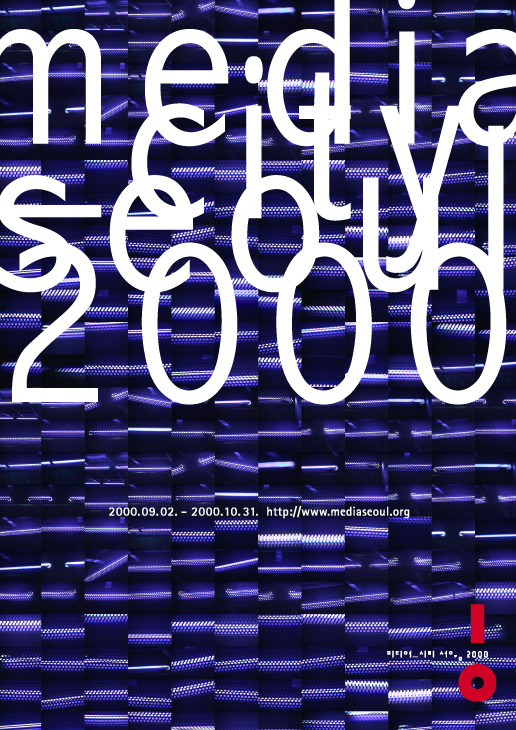
media_city seoul 2000 city: between 0 and 1, poster, 2000. Design: Ahn Sang-soo
Seoul Mediacity Biennale
* Source: Multilingual Glossary of Korean Art. Korea Arts Management Service
Related
-
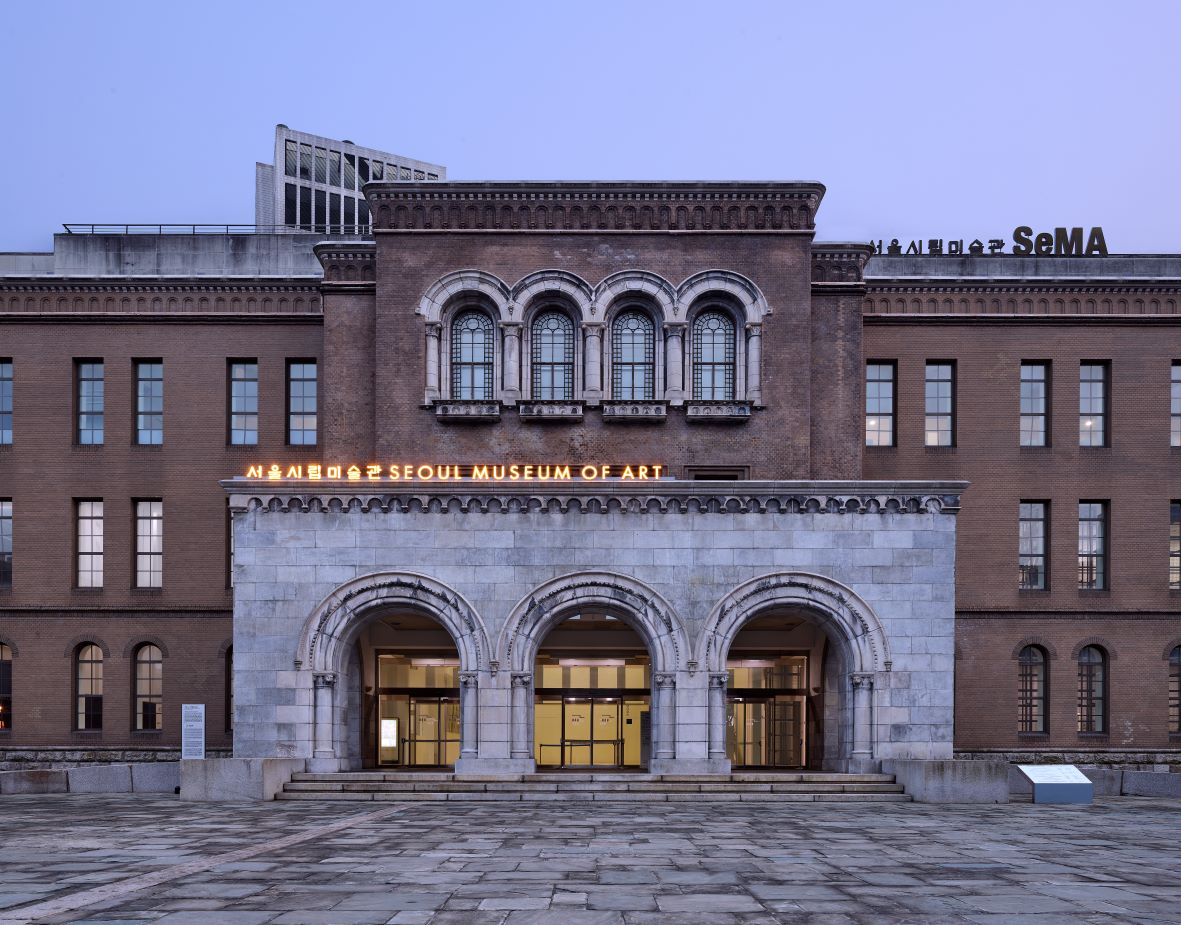
Seoul Museum of Art (SeMA)
Korea’s first municipal art museum, the Seoul Museum of Art was established at the site of the Gyeonghui palace park, where Seoul High School used to be located, in 1988. On May 17, 2002, the museum moved to Jung-gu, Seoul, to the former location of the Supreme Court of South Korea. In addition to the main branch, the Seoul Museum of Art also operates the Seoul Museum of Art (South), which opened on September 2, 2004; Seoul Museum of Art (North), which opened in September 24, 2013; SeMA Nanji Residency, which opened in April 2006; SeMA Warehouses, which opened in August 2016; Nam June Paik Memorial House, which opened in March 2017; and SeMA Bunker, a multipurpose art space that opened in October 2017. Notable exhibition projects of the museum include the Seoul Mediacity Beinnale, a biennial media art event held since 2000, and the Seoul Photo Festival, an annual event held since 2010.
-
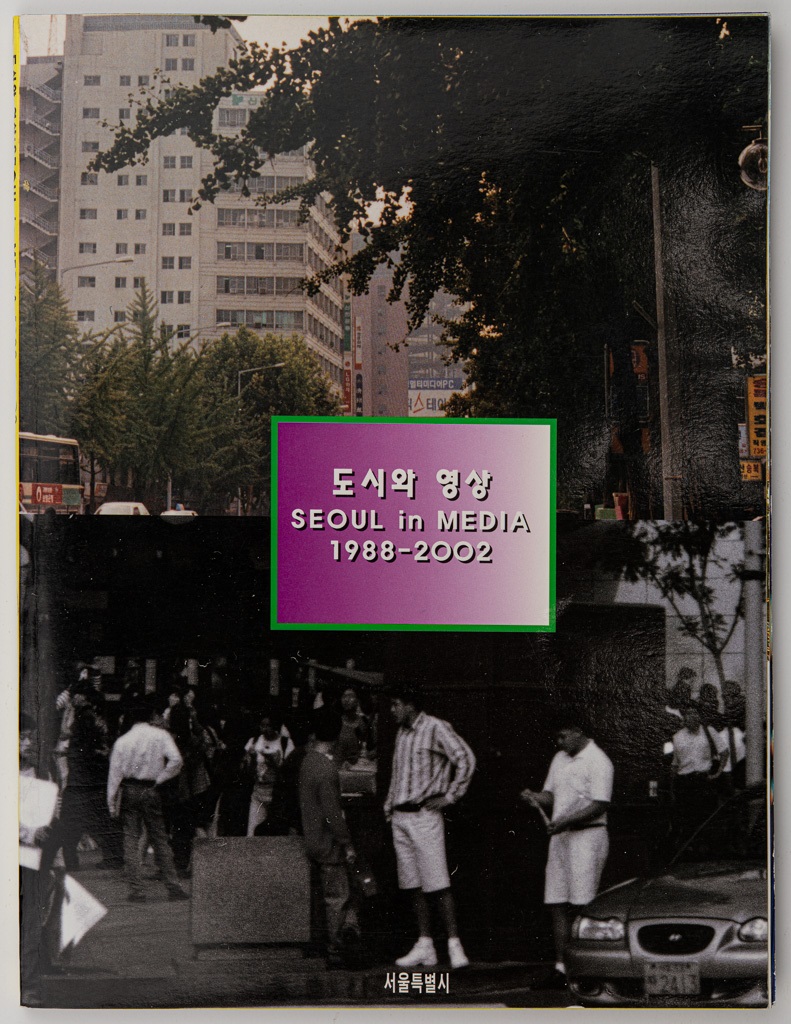
Seoul in Media
Seoul in Media was a special exhibition series held three times by the Seoul Museum of Art from 1996 through 1999 at the Memorial Hall for the 600th Anniversary of the Capital Seoul (present-day Gyeonghuigung Palace site). The first edition Seoul in Media: 1988–2002, which was held from October 7 through 20, 1996, was intended to reflect and discover new images of Seoul during the period from the Seoul Olympics to the 2002 Korea-Japan World Cup. A total of twenty-seven Korean artists, including Hong Suncheol, Kim Jangsup, and Lee Kangwoo, exhibited their works in various forms such as video, photography, animation, and installation works. Some of these works were screened on more than a dozen of large electronic news boards throughout Seoul. From October 16 through November 4, 1998, Seoul in Media: Food, Clothing, Shelter was held. The invited curator Lee Youngchul organized an exhibition that allowed open interpretations by using an unrestrained space design. Lee’s curation was favorably received. The four teams and fifty-four artists who gathered under the theme of “everydayness” used a wide variety of media and included many emerging artists, such as Kim Sora, Yang Haegue, Ham Yangah, Lim Minouk, and Jeong Hyeseung. The 1999 exhibition Seoul in Media: Lumia of Century was held from October 15 through November 3. With thirty-three artists participating, this edition consisted exclusively of media art based on the theme of “light,” including video, computer, photography, laser, and hologram. The exhibition space was designed by Min Sohn-joo, who was also a participating artist, and she created a space where visitors could interact with the displayed works. The Seoul in Media exhibition series in the second half of the 1990s exerted influence upon changes in the Korean art scene by providing a model for exhibition planning and curatorial rules, raising interest in media art, and serving as a platform for emerging artists. Since 2000, the Seoul in Media has been held every two years in the format of an expanded international biennale Media City Seoul (renamed Seoul Mediacity Biennale in 2014).
Find More
-
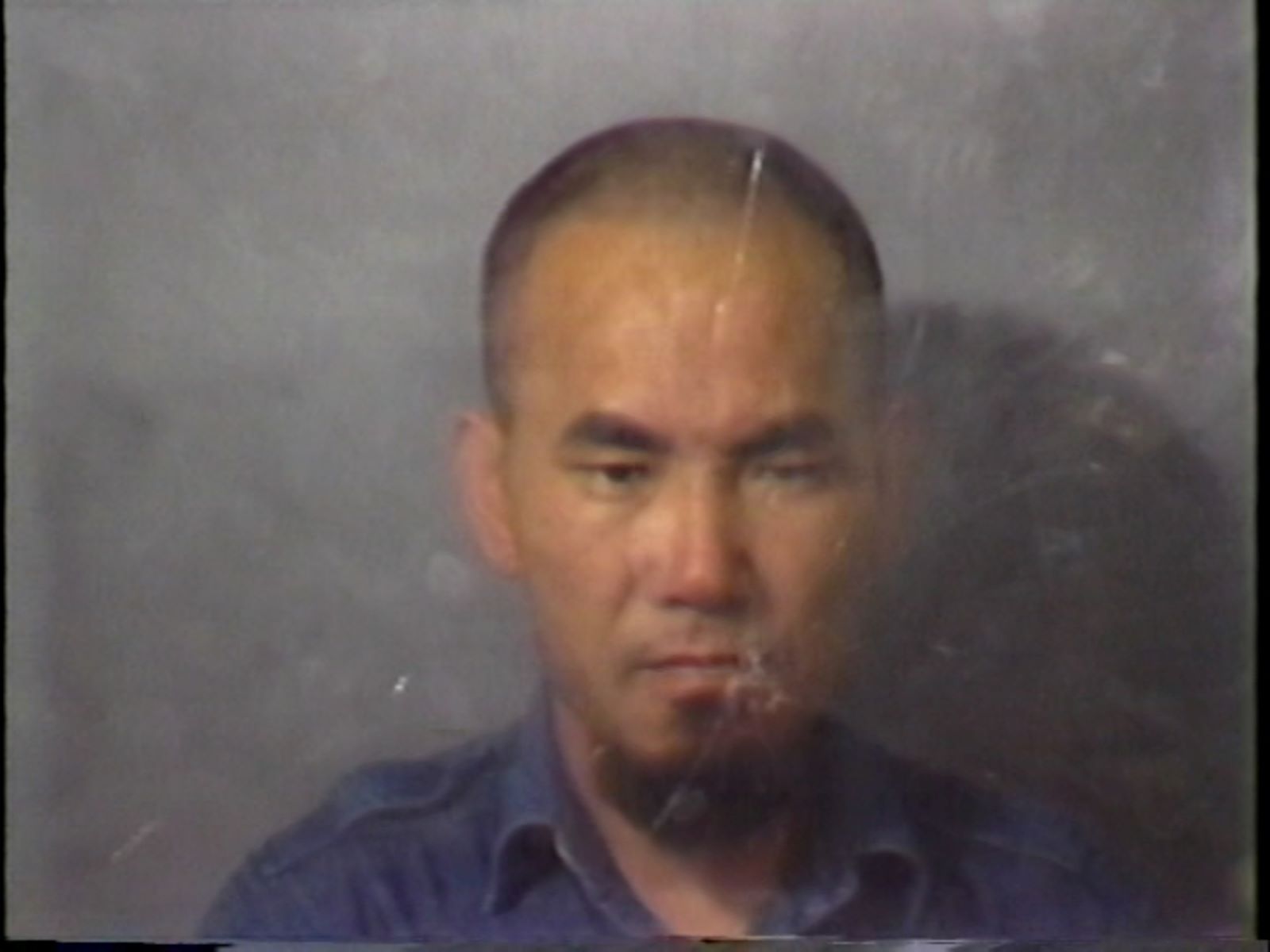
Video art
A genre of modern art that uses video as a medium. After Paik Nam June created the first works of video art in 1963, the genre spread internationally. Video art explored new artistic possibilities using advanced technology and embodied a rejection of conventional art media. Video art was quick to drawn critical attention because of the relative immediacy that underlies the creation and display of such works, and the efficiency of the medium as means to portray and interlink a large number of images. Following Paik Nam June ’s early experiments with TV monitor installations in the 1960s, in the 1970s new forms of work emerged that combined video and performance art.
-
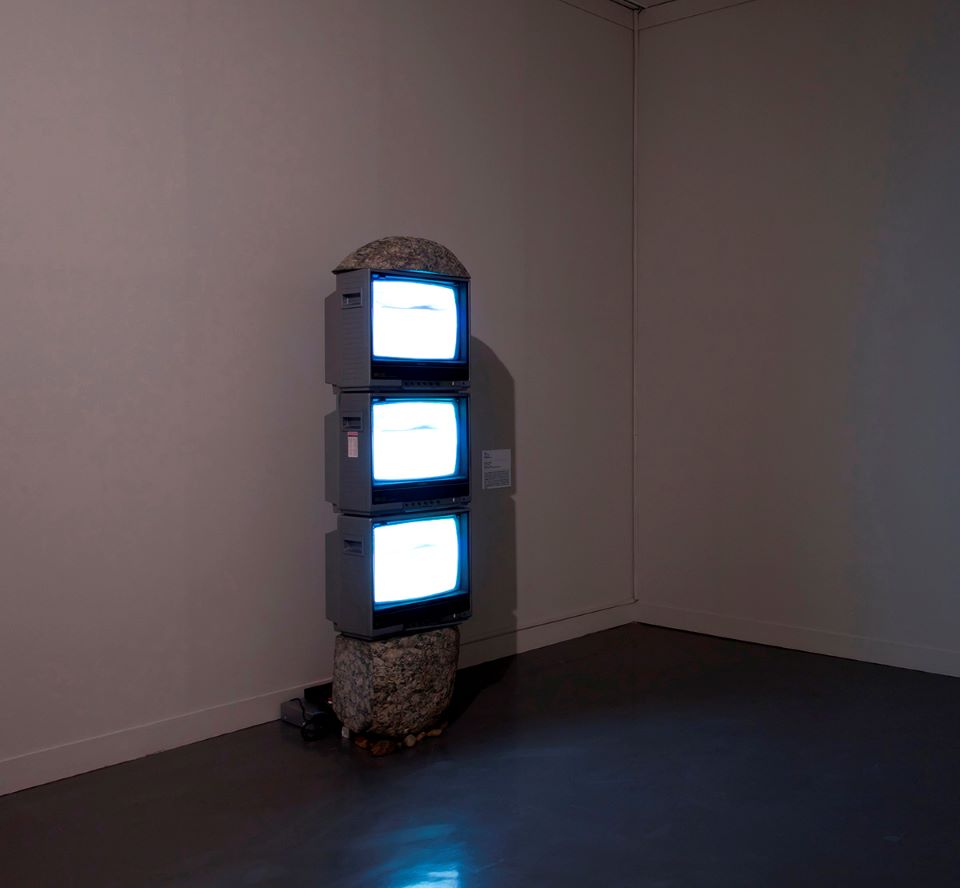
Media art
Media art refers to artworks produced using media scientific technology. It is also called new media art. The term became popularized as it was used by Les Levine in the Software exhibition held at the Jewish Museum in New York in 1970. Media art utilizes as its main media the primary means of communication in contemporary society, including books, magazines, newspapers, films, radio, televisions, videos, and computers. In and after the 1980s, a vast body of works that were based on computer technology and emphasized interaction between them and the audience were created, leading to the emergence of interactive art.
-
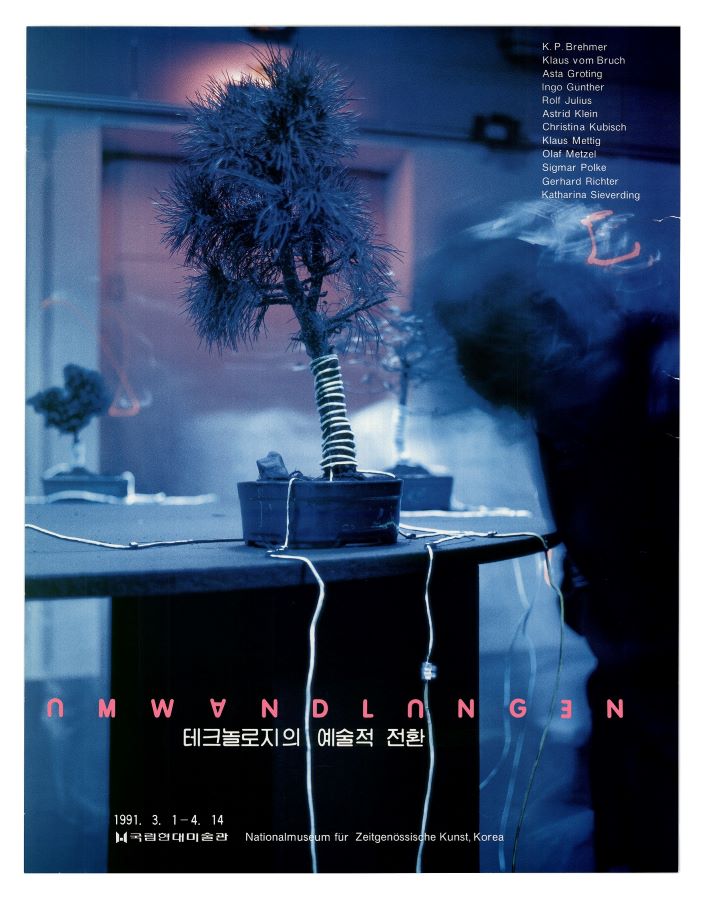
Technology art
The convergence of, or the attempts to fuse, art and science, which particularly arose as advances in scientific technology after World War II inspired artistic creation. Cybernetics and system theory, based on idealist thinking that emerged in the 1960s, and held that “scientific technology will accelerate human progress”, greatly influenced the creation of art based on modern technology. Later, this interest would expand into the realms of internet art, laser art, and holographic art. Toward the later 1970s, technological approaches to art merged with popular art, which led to the development of video games, cyberpunk novels, techno music, and deconstructionist graphic design. In Korea, Kang Kukjin’s 1967 work combining neon and stainless steel and AG group’s Kwak Hoon’s optical installation using electronics in his solo exhibition at Shinmoon Center in 1968 are representative works of early Korean digital art. In 1976, Kim Soungui videotaped his performance during his stay in Paris, and Park Hyunki and Lee Kangso submitted digital technology works to the Daegu Contemporary Art Festival in the mid-1970s.






